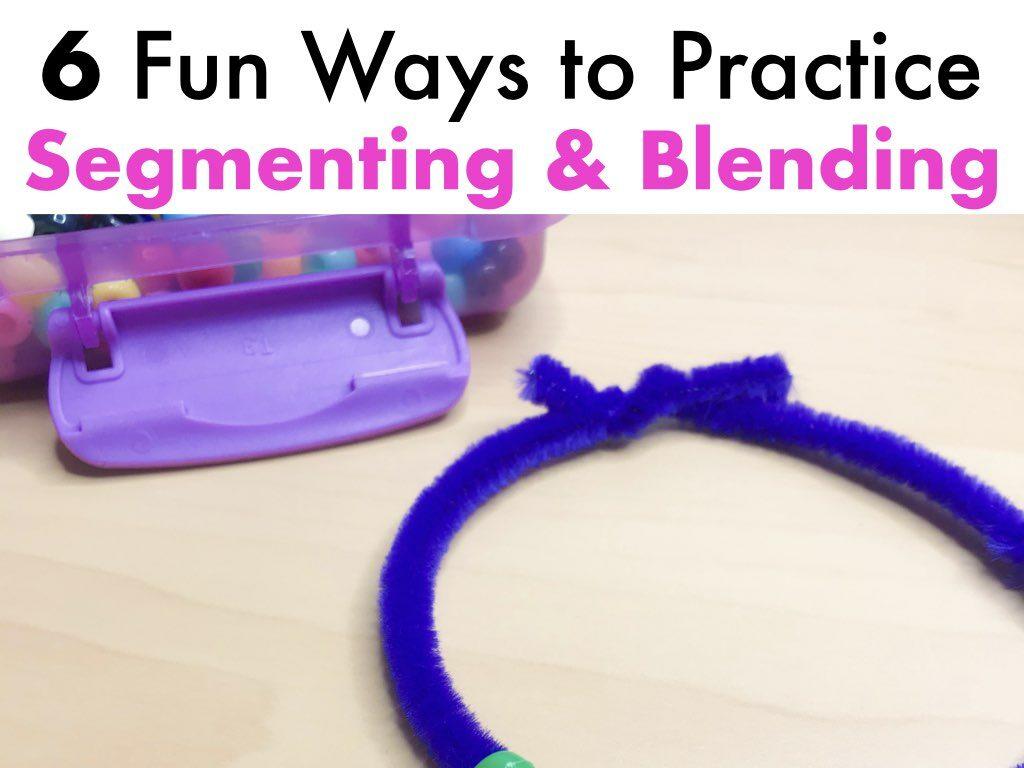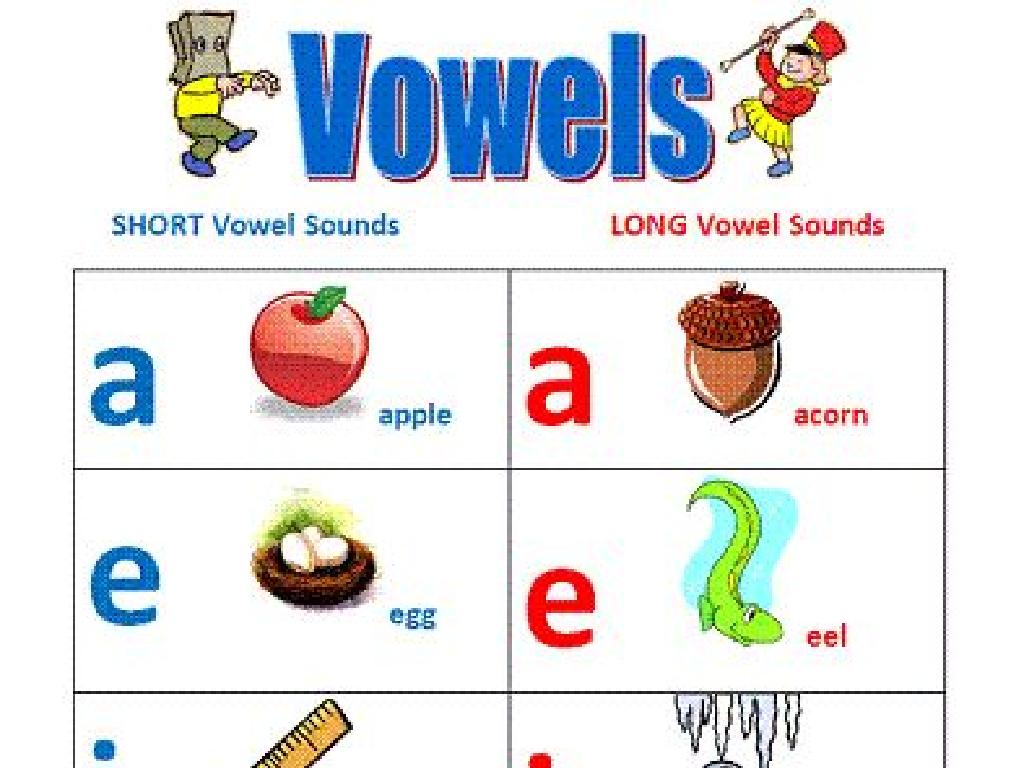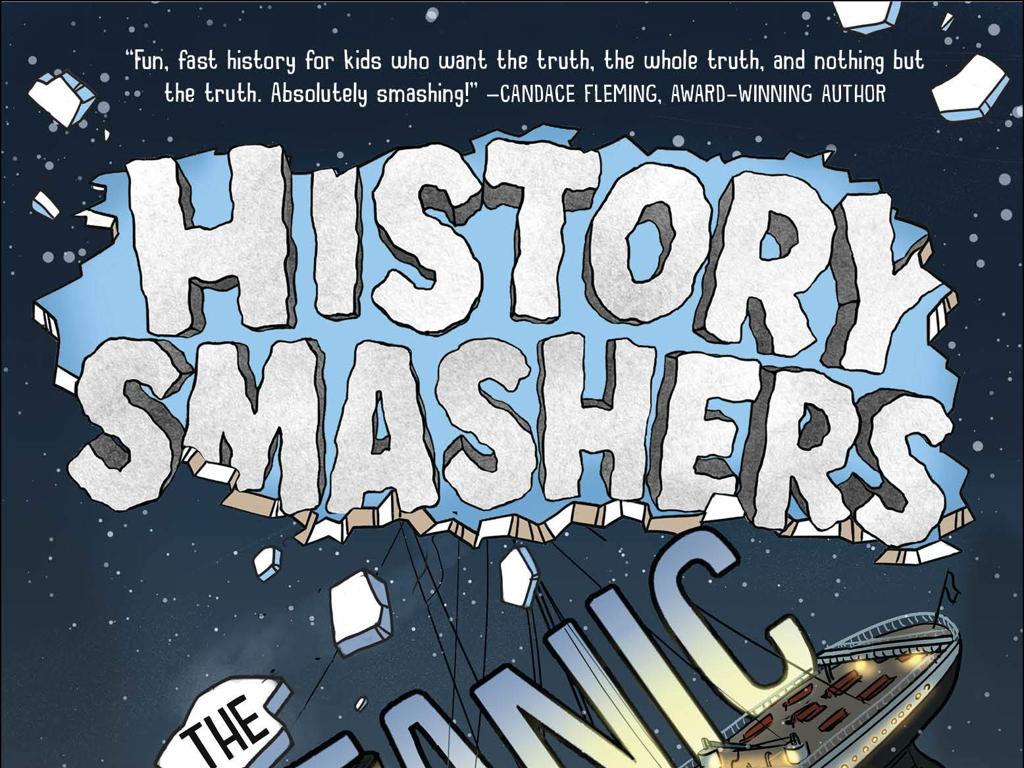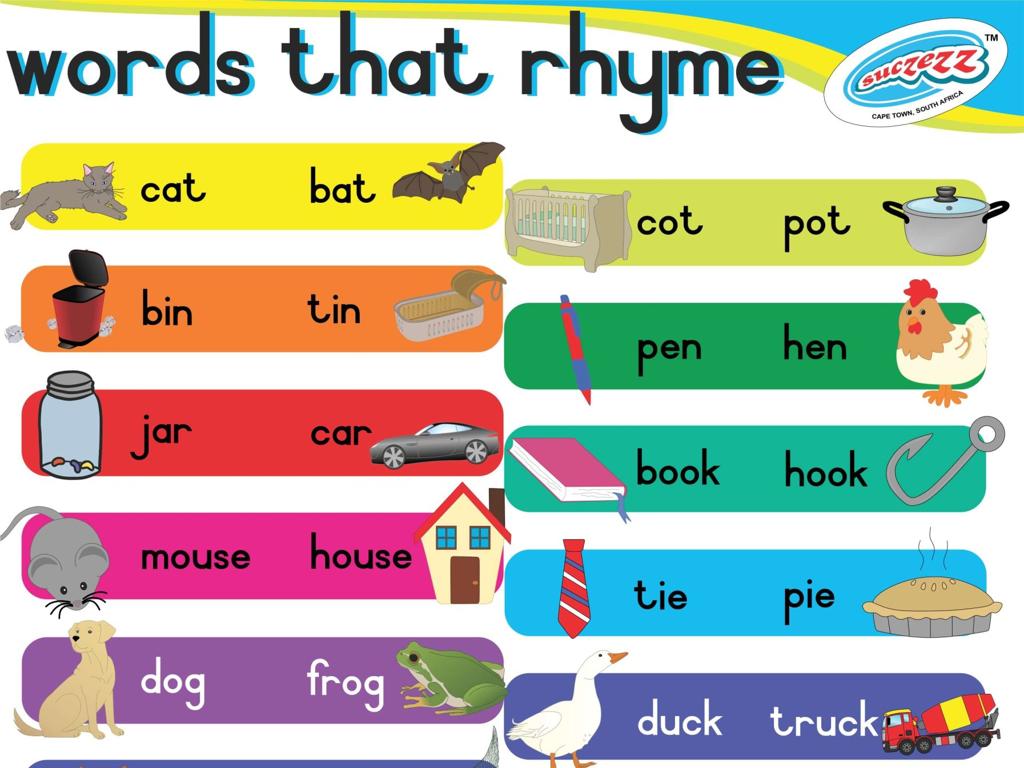Nets Of Three-Dimensional Figures
Subject: Math
Grade: Seventh grade
Topic: Three-Dimensional Figures
Please LOG IN to download the presentation. Access is available to registered users only.
View More Content
Exploring 3D Figures
– What are 3D figures?
– Objects with length, width, and height
– Daily life 3D figure examples
– Examples: Soccer ball, cereal box, dice
– 3D vs 2D figures
– 2D are flat, 3D have volume
– Characteristics of 3D figures
– 3D have faces, edges, and vertices
|
This slide introduces students to the concept of three-dimensional figures, which are objects that have length, width, and height. Use everyday items like a soccer ball (sphere), cereal box (rectangular prism), and dice (cube) to illustrate 3D figures that students encounter regularly. Highlight the difference between 2D and 3D figures by explaining that 2D figures are flat with only length and width, while 3D figures have volume and can be held. Discuss the characteristics of 3D figures, such as faces (flat surfaces), edges (line where two faces meet), and vertices (corners where edges meet). This foundational knowledge will help students understand more complex concepts related to 3D figures.
Exploring Nets of 3D Figures
– Define a geometric net
– A net is a 2D shape that can be folded to form a 3D figure.
– Nets as 3D figure blueprints
– Nets help visualize & construct 3D shapes from 2D patterns.
– Common 3D shape nets
– Explore nets for cubes, pyramids, and cylinders.
– Practical applications of nets
– From packaging design to architectural models.
|
Introduce the concept of a net in geometry as a two-dimensional pattern that, when folded, forms a three-dimensional figure. Explain how nets are essentially blueprints that can be used to represent 3D shapes. Provide examples of nets for common 3D shapes such as cubes, pyramids, and cylinders, and discuss how recognizing these can aid in understanding the structure of 3D objects. Highlight the practical applications of nets in various fields, such as in designing packaging or architectural models. Encourage students to think of real-world objects that resemble the nets they learn about.
Nets for a Cube
– What is a cube’s net?
– A flat shape that can be folded to form a cube
– Count faces, edges, vertices
– A cube has 6 faces, 12 edges, and 8 vertices
– Cube assembly activity
– Use a net to build a 3D cube model
|
This slide introduces students to the concept of a net as it relates to three-dimensional figures, specifically cubes. Begin by explaining that a net is a two-dimensional pattern that can be folded to form a three-dimensional shape. Show examples of different nets that can form a cube. Then, guide students to count and identify the faces, edges, and vertices of a cube. For the activity, provide students with a printable net of a cube to cut out, fold, and glue to create their own cube. This hands-on activity will help solidify their understanding of the relationship between two-dimensional shapes and three-dimensional figures. Offer assistance as needed and encourage students to personalize their cubes with creative designs or colors.
Nets for a Rectangular Prism
– Explore nets of rectangular prisms
– A net is a 2D shape that can be folded to form a 3D figure
– Understand properties of prisms
– Rectangular prisms have 6 faces, 12 edges, and 8 vertices
– Class Activity: Draw a prism net
– Use graph paper to draw a net that folds into a prism
– Discuss net components & assembly
– Identify faces, edges, and how they connect when folded
|
This slide introduces the concept of nets for three-dimensional figures, focusing on the rectangular prism. Begin by explaining what a net is and how it relates to 3D figures. Discuss the properties of a rectangular prism, including its faces, edges, and vertices. For the class activity, provide students with graph paper and guide them to draw a net that can be folded into a rectangular prism. Encourage them to label the faces and discuss how the net will come together. This hands-on activity will help solidify their understanding of the relationship between two-dimensional and three-dimensional shapes. Possible variations for the activity could include using different sized rectangles for the faces, creating nets for different 3D shapes, or challenging students to find the surface area of their prism using the net.
Nets for Other Polyhedra
– Exploring pyramid nets
– A pyramid net consists of one base and triangular faces that fold up.
– Unfolding nets of a cylinder
– A cylinder net is made of two circles and a rectangle that wraps around.
– Spreading out a cone’s net
– A cone’s net includes one circle and a sector of a larger circle.
– Matching nets to 3D figures
|
This slide aims to help students visualize how two-dimensional shapes can be folded to form three-dimensional figures. A pyramid’s net is characterized by a single base shape and several triangular sides that connect at a common vertex. For a cylinder, the net is composed of two congruent circles and a rectangle that represents the curved surface. A cone’s net is made up of a circle and a sector, which forms the cone’s curved surface when folded. Encourage students to cut out and fold paper nets to better understand the relationship between the 2D net and the 3D figure. This hands-on activity will enhance their spatial reasoning and ability to visualize geometric concepts.
Visualizing with Nets
– Visualize 3D from 2D nets
– Flatten a 3D figure to see its 2D net
– Spatial reasoning with nets
– Use spatial reasoning to fold nets into 3D shapes
– Group Activity: Match figures to nets
– Work in groups to match 3D figures with corresponding nets
|
This slide introduces the concept of visualizing three-dimensional figures from their two-dimensional nets. Encourage students to think about how a 3D shape would look if it were unfolded into a flat 2D shape. This exercise helps develop spatial reasoning, which is the ability to understand and remember the spatial relations among objects. For the group activity, provide various nets and 3D figures for students to work with. They should discuss within their groups how to fold the nets to form the 3D figures and then match them accordingly. This hands-on activity will help solidify their understanding of the relationship between two-dimensional nets and their corresponding three-dimensional figures. Possible figures to include are cubes, pyramids, and prisms. Ensure that each group has a different set of figures and nets to encourage a variety of learning experiences.
Real-World Applications of Nets
– Everyday items and their nets
– Think of cereal boxes, how would they look unfolded?
– Nets in packaging and manufacturing
– Nets are essential for designing product packaging efficiently.
– Why nets knowledge is useful
– Understanding nets helps in visualizing 3D objects from 2D patterns.
|
This slide aims to connect the concept of nets with practical applications that students encounter in daily life. Begin by discussing how common items like cereal boxes, tents, or gift boxes are examples of nets in the real world. Explain how industries use nets for creating packaging to minimize waste and for manufacturing purposes. Engage the class in a discussion on the importance of understanding nets, such as in fields like architecture, engineering, and design. Encourage students to think about how a net provides a simple way to understand complex three-dimensional shapes and to consider how this skill might be useful in various careers.
Class Activity: Crafting 3D Figures from Nets
– Select a 3D figure to model
– Draw and cut out the net
Ensure accuracy in your drawing to match the edges correctly.
– Assemble the net into the 3D figure
Fold along the lines and glue/tape to form the figure.
– Present your model to the class
Explain the steps you took and any challenges faced.
|
This hands-on activity is designed to help students understand the concept of nets and how they relate to three-dimensional figures. Students should choose a figure such as a cube, pyramid, or prism, and draw the corresponding net on a piece of paper. They will then cut out the net and assemble it into the 3D figure. This exercise will reinforce their spatial reasoning and ability to visualize geometric concepts. Teachers should circulate the room to assist with any difficulties in drawing or assembly. Possible variations of the activity could include using different materials, working in pairs, or challenging students to create a net for a more complex figure. The presentation of their models will help students practice their speaking skills and allow for peer learning.





